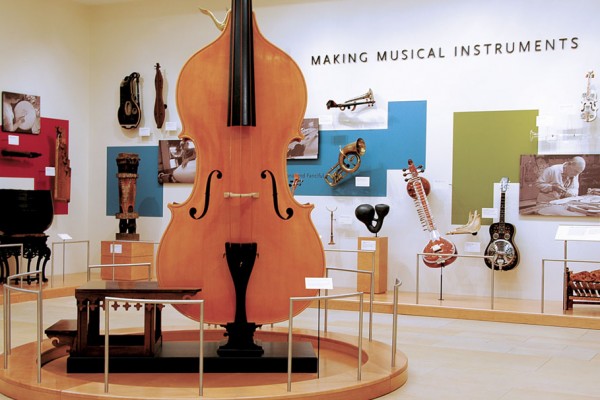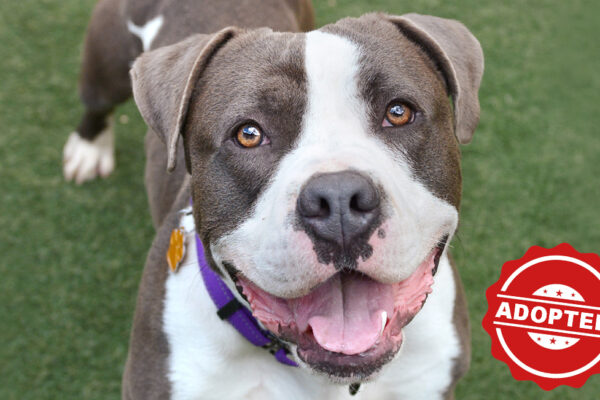Continued (page 12 of 13)
Who did you make Waking Sleeping Beauty for?
The [expected] answer might be fans of Disney animation, and that’s certainly true. We know people who love Disney animation will love [the film], and we’re really excited to make it for that audience. But the real answer is that I think there’s a modern cautionary tale in this movie that can apply to businesses and business schools – people who are in the arts – and it can be an interesting case study. Some of our audiences have had no interest in animation but have been interested in the behavior of a corporation, celebrity CEOs and executive egos. Those have been fun screenings. It’s an eye-opening film when it comes to those issues.
When you discuss Oliver & Company in the film, it struck us that it was the first animated movie to really use celebrity voices. Now, actors and actresses are constantly lending their voices to animated films. Did Oliver & Company start the trend?
I think it brought that trend back. Even in Snow White, all the dwarves were well-known radio personalities. Cliff Edwards, who did Jiminy Cricket’s voice was well-known. But again that had been lost. The idea had atrophied. I think Oliver & Company brought that back. The biggest return of that thinking was putting Robin Williams in the role of Genie in Aladdin. Everywhere you look now, that’s the way animated movies are made.
It seems Howard Ashman and Alan Menken put the spotlight on music in animated films beginning with The Little Mermaid. Suddenly, we were buying the soundtracks on CD. Would you agree? How has music influenced animation?
Howard and Alan absolutely brought an awareness of music back to us when we were making these films. It had a huge influence on us. It’s important to know, too, that Howard wasn’t just a lyricist. He had a producer credit on these movies, and he was an amazing storyteller. What [Howard and Alan] did together was use music to tell stories. Howard believed in telling story with song, not just stopping and singing. The songs serve as plot. That was a revelation to everybody. Howard was an amazingly inspiring guy in the studio. He was very passionate, very opinionated. He wasn’t tough to work with, but he taught us in many, many ways.
Have Michael Eisner, Roy Disney and Jeffrey Katzenberg seen Waking Sleeping Beauty? What did they think?
Yes, they’ve seen it. There are some uncomfortable things in the movie that had to be said to tell the story. All three were gracious. At first, Michael was reluctant. He knows us very, very well so I think there was an element of trust, but it took him a long time to warm to what we were doing. When he did, he was helpful and cooperative. Jeffrey was surprisingly cooperative. He was really the first one to step forward. He gave me three or four hours of recorded interviews and commentary. He says he’s not a reflective guy, but oddly he is. When we showed him the movie, Peter and I sat next to him at DreamWorks [Animation], and he was very moved by it, particularly the Howard Ashman areas. Roy Disney was very candid. This story takes place 20 years ago, but he was happy to tell it like he saw it, warts and all. In the end, that’s what everybody wanted to do.
It must have been nerve wracking to watch the film with those guys. Were you nervous?
I was horrified [laughs]. I was dreading it for months. I knew at some point I wanted to show it to them – I was not reluctant. I didn’t want to do it without them. I think it’s a cheap shot to make a movie like this and not include [the key players] in the process. If they were going to beat me up, I wanted them to stab me in the chest, not the back [laughs]. In the end, as I look back with some months of space, they were all gracious about it. Did they give me notes? Yes. Did we address all of them? No.



